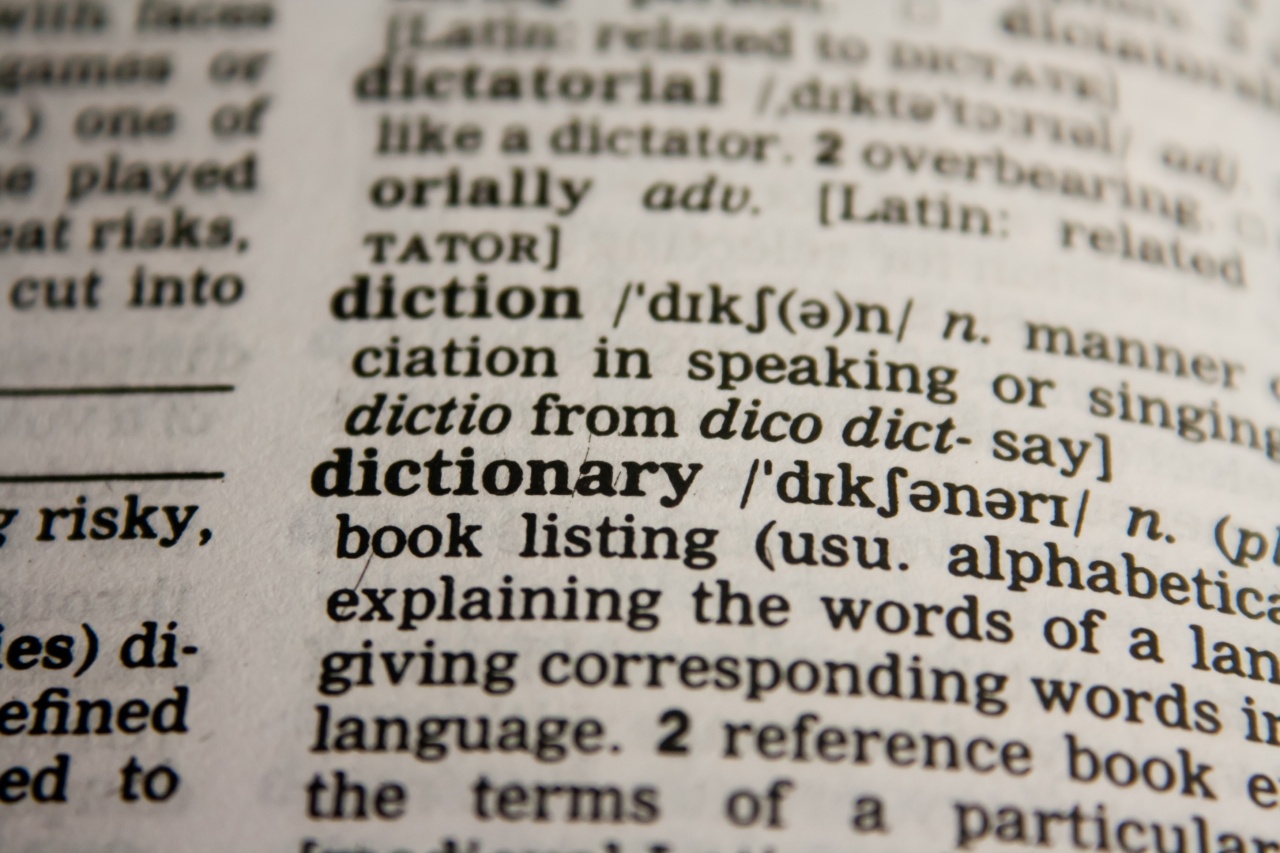Emojis have taken the world by storm. These tiny pictograms have become ubiquitous in our digital conversations, helping us convey emotions, expressions, and even complex ideas in a concise and visually appealing manner.
But have you ever stopped to ponder what these emojis are really telling us? In this article, we will delve into the fascinating world of emoji communication, exploring their origins, meanings, and the ways they shape our online interactions.
The Origins of Emojis
Emojis originated in Japan during the late 1990s, developed by a team led by Shigetaka Kurita. Initially, these emoticons served as a way to add emotional context to otherwise curt and impersonal text messages.
As their popularity grew, emojis diversified, covering everyday objects, animals, food, and countless other subjects.
The Universal Language of Emotions
One of the remarkable aspects of emojis is their ability to transcend language barriers. While spoken and written languages may vary, emotions, expressions, and certain cultural meaning are universally understood.
The use of emojis allows for a level of emotional nuance that words alone often struggle to convey. For example, a simple smiling face emoji can instantly communicate happiness or contentment, regardless of the language spoken.
Emojis as Social Cues
Emojis serve as crucial social cues, enabling us to decipher underlying meanings and intent behind messages. They can soften the tone of a message, indicate humor, sarcasm, or even denote passive aggression.
In a world where text-based conversations lack nonverbal cues like facial expressions and body language, emojis bridge this gap by providing visual hints to decode the message accurately.
The Evolution of Emoji Meanings
As emojis gained popularity and became an integral part of online culture, their meanings have evolved. While some emojis have retained their original meaning, others have developed new connotations or even shifted to an entirely different context.
For instance, the “eggplant” emoji, initially intended to represent the vegetable, has now become synonymous with a suggestive or sexual innuendo.
Emojis as Trends
Emojis go beyond mere communication tools; they have also become a way to express individuality and be part of a cultural and social trend.
Certain emojis gain popularity due to their association with social media challenges, meme culture, or as a form of self-expression. As new emojis are regularly added to the Unicode Standard, people eagerly embrace them, incorporating them into their online lexicon.
The Cultural Significance of Emojis
Emojis carry cultural significance, often reflecting specific customs, holidays, or gestures. The clinking beer mugs emoji, for example, is a common way to toast or celebrate in many cultures, symbolizing camaraderie and joyful moments.
Similarly, 🌎, the Earth globe emoji, is often used in messages related to environmental issues or global awareness campaigns.
Emojis as Tools for Branding and Marketing
Businesses have recognized the power of emojis as tools for branding and marketing. Emojis enable companies to add emotional depth and connect with their target audience on a more personal level, making their content relatable and memorable.
Many brands incorporate emojis in their social media campaigns, product descriptions, or advertisements to grab users’ attention and convey their message in a fun and engaging way.
The Impact of Emojis on Communication
As emojis have become increasingly popular, they have undoubtedly had a significant impact on our communication habits.
Some argue that emojis are replacing traditional forms of communication, leading to a decline in linguistic skills and a potential loss in subtlety and nuance. Others highlight the positive influence of emojis, emphasizing their role in fostering empathy, enhancing emotional expression, and facilitating cross-cultural understanding.
The Future of Emojis
The future of emojis is bright, with continued innovation and diversification. As technology advances, we can expect more inclusive, realistic, and customizable emojis that accurately represent diverse cultures, identities, and experiences.
Furthermore, emojis may expand beyond text-based platforms and find their way into augmented reality, virtual reality, and other forms of digital communication.






























